-
Windows
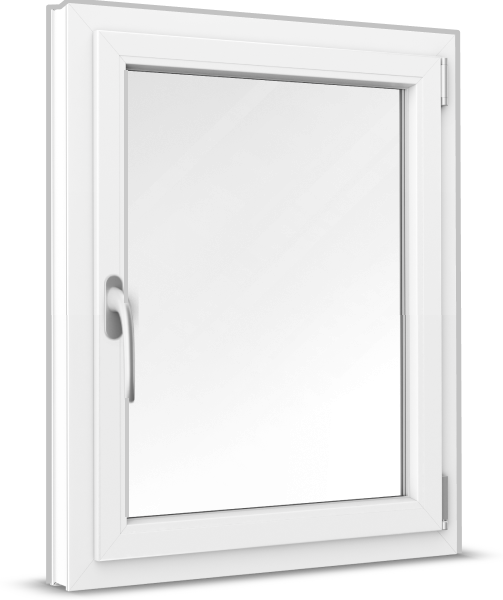 Windows
Windows
-
French Doors
 French Doors
French Doors
-
Patio Doors
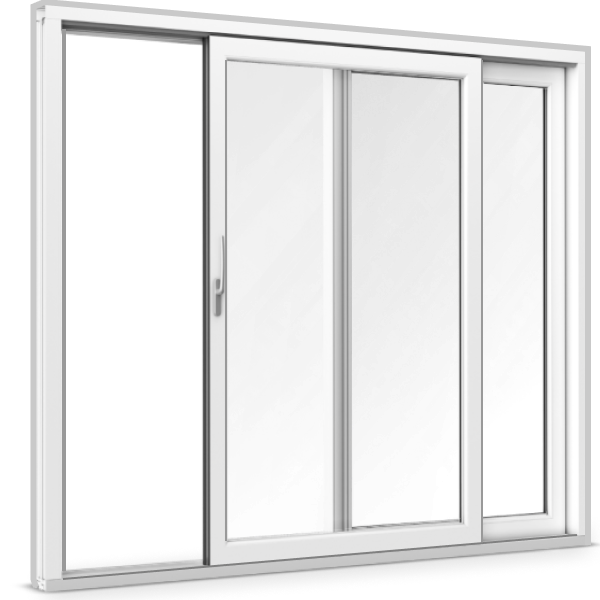 Patio Doors
Patio Doors
-
Front Doors
 Front Doors
Front Doors
-
Roller Shutters
 Roller Shutters
Roller Shutters
-
Window Sills
 Window Sills
Window Sills
-
Sign in
Contact us
Anyone deciding to install new French doors or windows has to remove the old components and profiles first. Only then it is possible to exchange windows and doors with other respective models. If you have handicraft skills and this detailed manual, you can save money for professionals and easily remove a door or window effectively on your own. Whether the components are made of modern aluminium, uPVC or traditional wood makes no difference. This manual shows all necessary tools for a step-by-step removal of your French door. For the renovation or removal procedure, you need to use the appropriate tools and materials. You should make sure you have the following elements:
Materials
Tools
As the removal procedure for windows, you will have to use heavy equipment to remove patio or French doors. You should therefore cover the floor and furniture with protective foil, in order to prevent damage from stone fragments. Before you remove the old components it is very important to re-measure the reveal and compare it to the dimensions of your new aluminium, wooden or uPVC doors. After making sure that the measurements match, you can start with the next steps (Fig. 1):
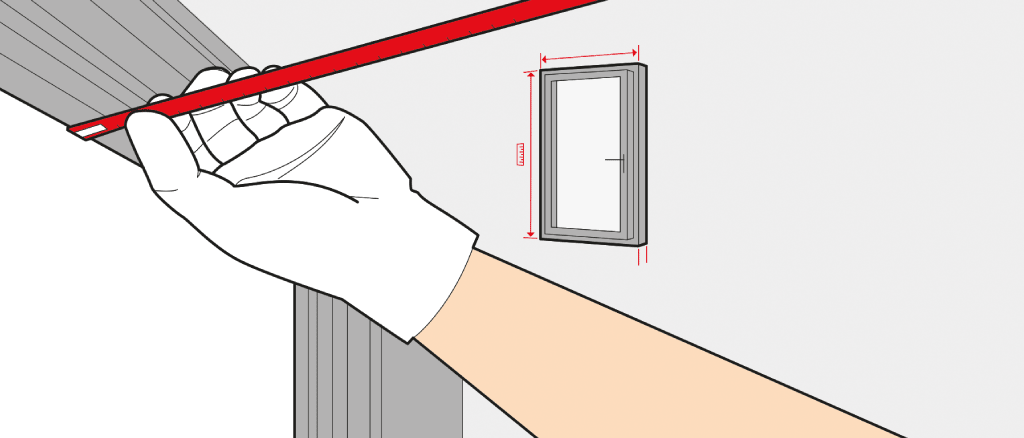
French doors basically consist of hinges, a locking mechanism, stay arm, casement and profile. The first step is to lift off the casement from the hinges. Depending on the age of individual construction components, the procedure may differ. In particular, knowing whether the system features a tilt-and-turn mechanism or not is very important.
If the French door has a tilt-mechanism, please follow these steps:
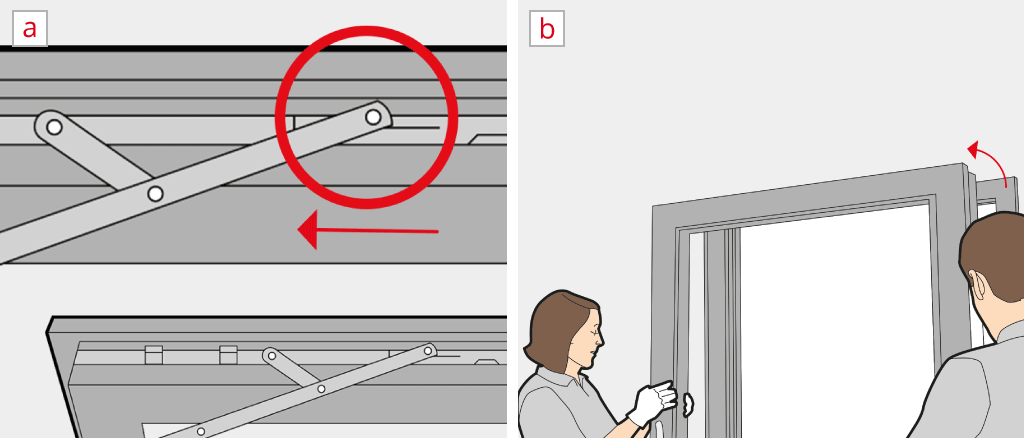
If the French door cannot be tilted, please consider the next step:
The removal of modern wooden, aluminium or uPVC doors is usually less complicated in comparison to older systems. But you will need pincers and a screwdriver.
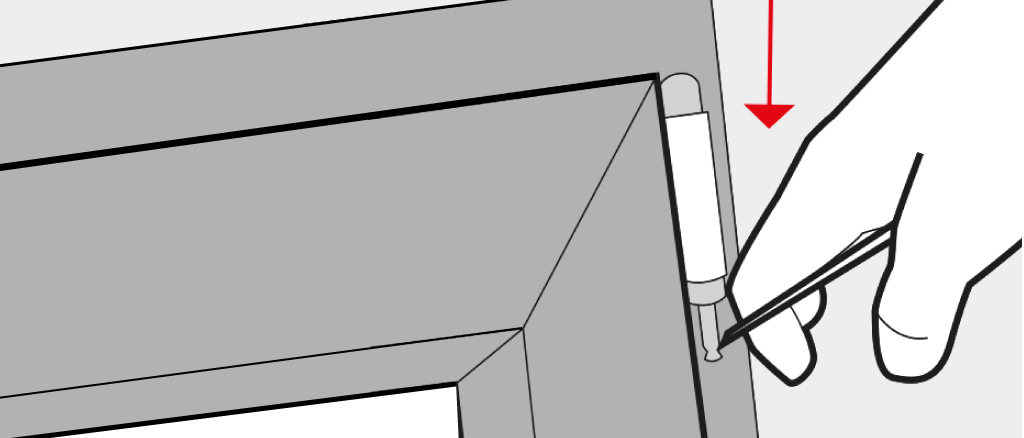
The frame is firmly embedded in the masonry and stabilizes the door. This is why the removal of the frame from the wall requires greater effort and certain techniques. For the procedure you will need the hand-held milling machine and the rip saw, as well as a crowbar.
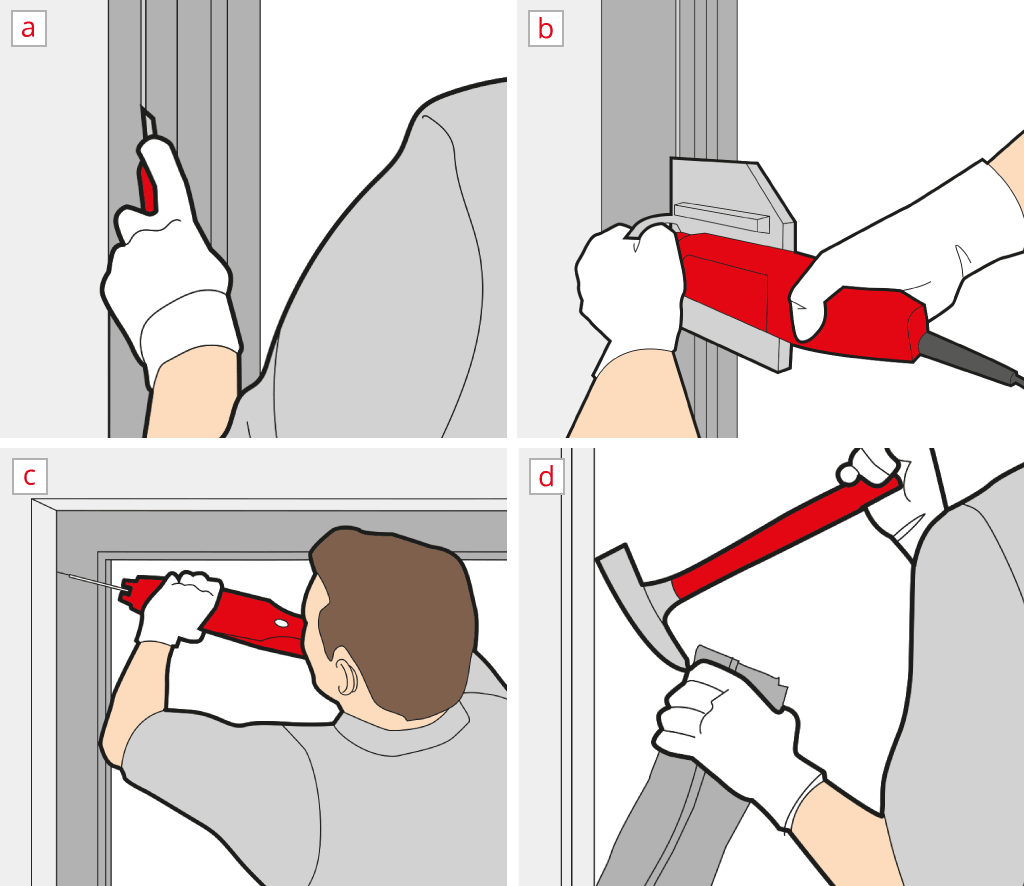
This step-by-step manual will help you to remove French doors like a professional. The procedure is also applicable for the removal of wooden, uPVC or aluminium windows. Do you want to learn more? This detailed video will give you further information.